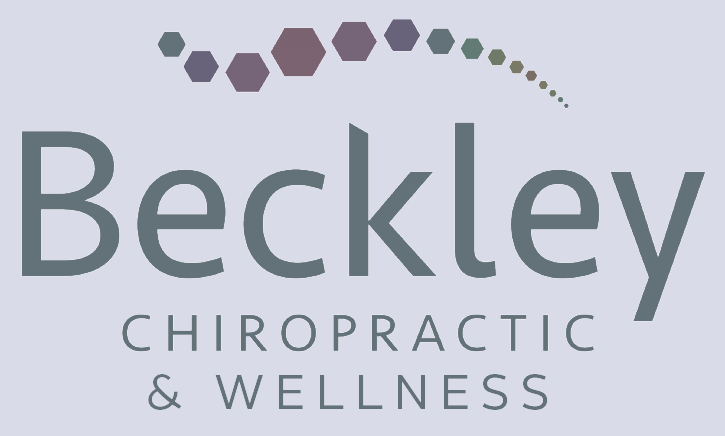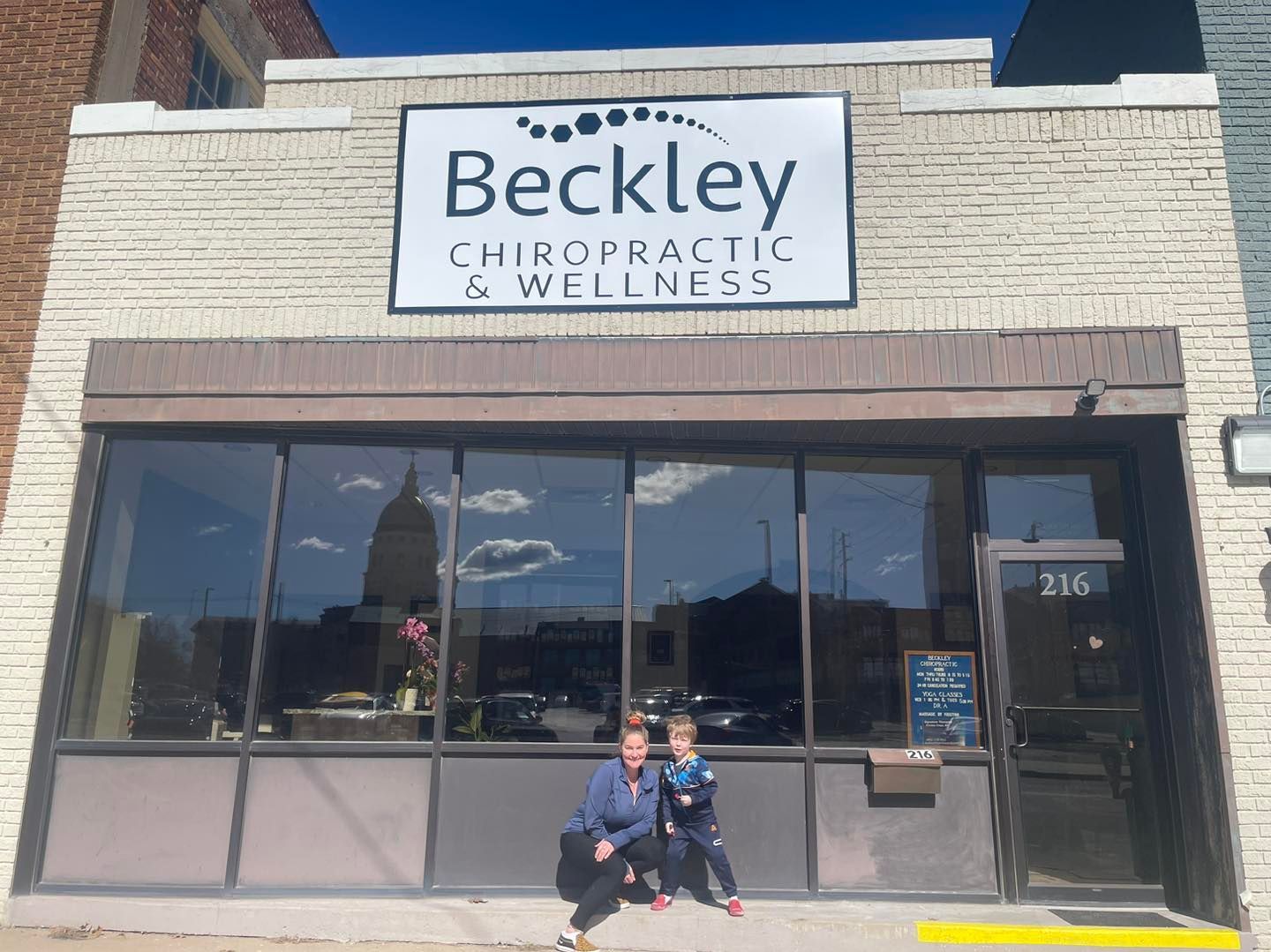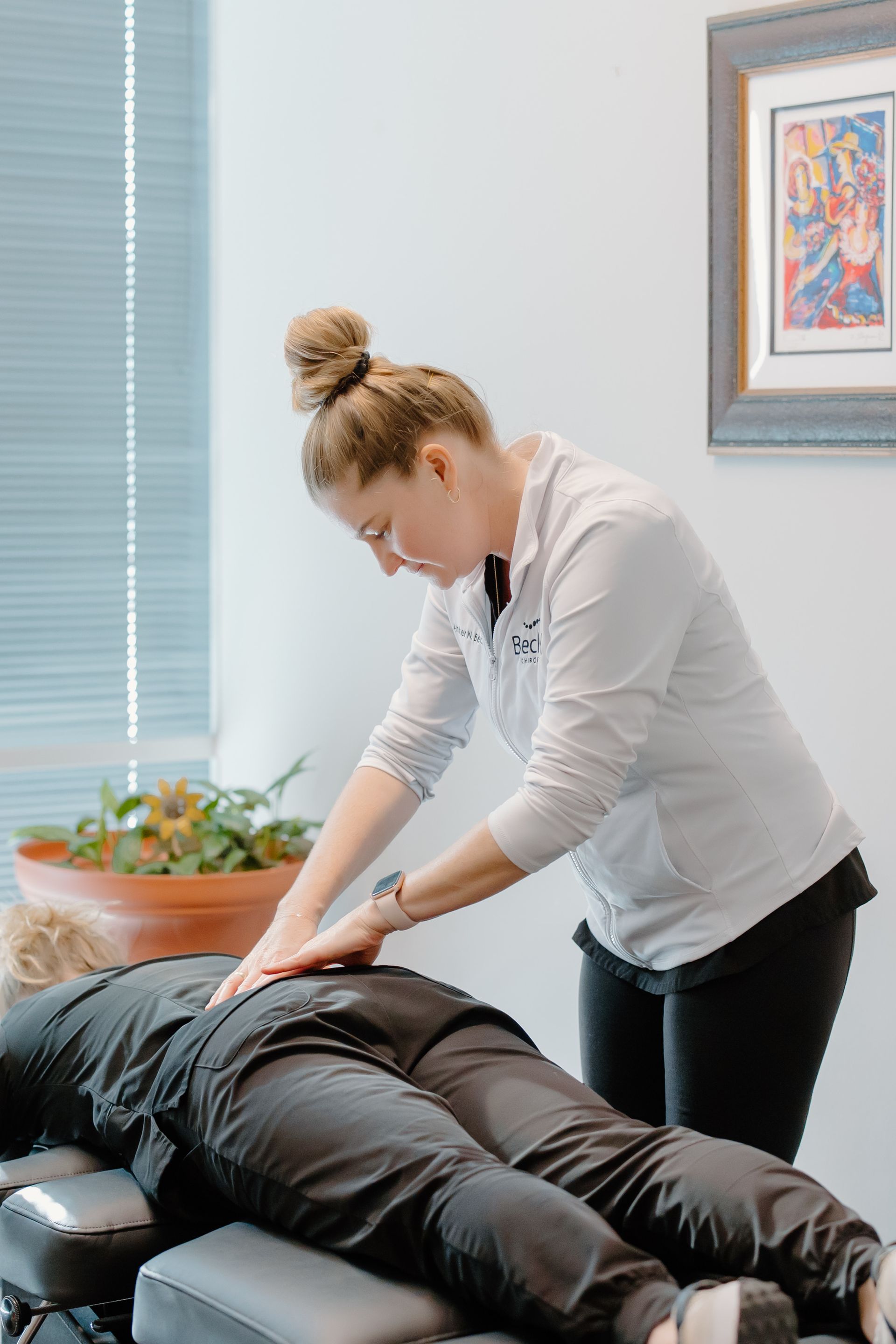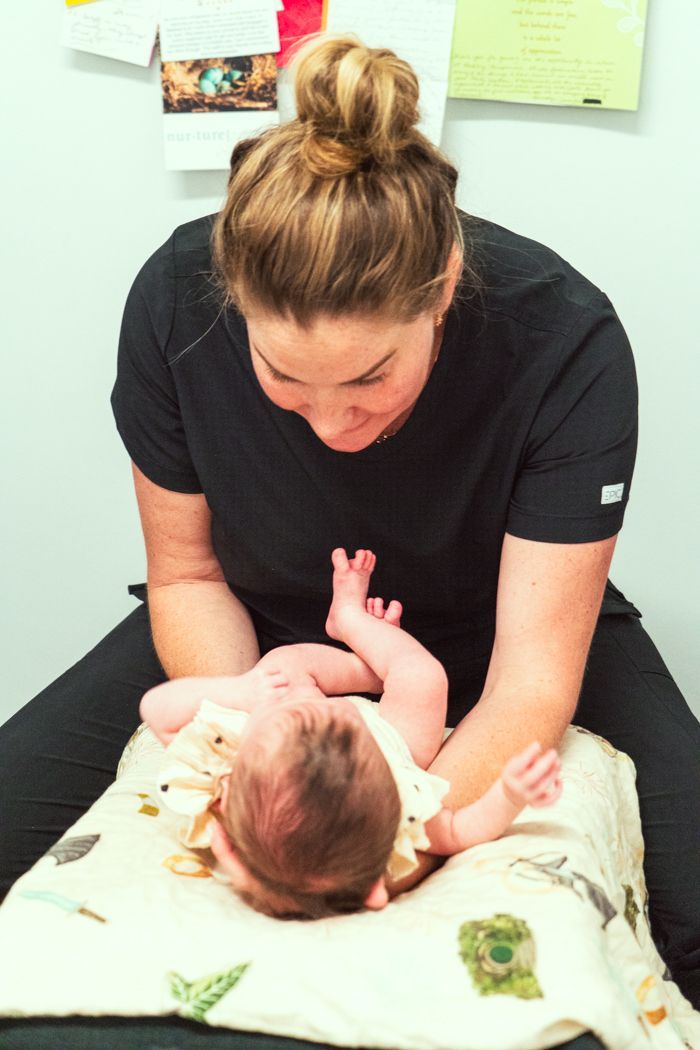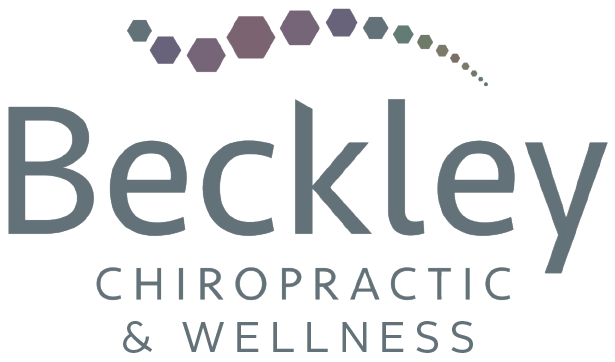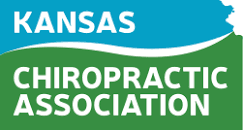Red Light Therapy
Red light therapy, also known as photobiomodulation (PBM) or low-level laser therapy (LLLT), is a non-invasive form of treatment that involves exposure to low-level red or near-infrared light. This therapy has gained attention for its potential to offer various health benefits. Research suggests that red light therapy may accelerate wound healing by stimulating cellular activity and promoting tissue repair. It is also believed to have anti-inflammatory effects, making it a potential option for conditions characterized by inflammation. Additionally, red light therapy may contribute to improved skin health by reducing wrinkles, enhancing collagen production, and promoting an even skin tone. Athletes often use red light therapy to aid in muscle recovery after strenuous workouts, and it may also have applications in pain management. The therapy's influence on circadian rhythms suggests potential benefits for sleep regulation and mood enhancement. While red light therapy shows promise across a range of applications, ongoing research is essential to fully understand its mechanisms and optimize its effectiveness for specific health concerns. Individuals considering red light therapy should consult with healthcare professionals for personalized advice and guidance.
